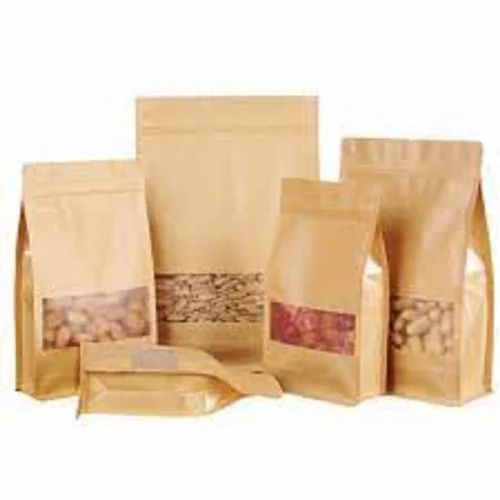In the realm of paper products, two terms often come up: kraft paper and regular paper. While they may seem similar at first glance, there are significant differences between the two. Understanding these disparities is crucial for making informed decisions when it comes to choosing the right type of paper for various applications. In this article, we will delve into the dissimilarities between kraft paper and regular paper, exploring their unique characteristics, manufacturing processes, and diverse applications.
- Composition and Manufacturing Process:
Kraft Paper:
Kraft paper is a type of paper that is produced from chemical pulp, derived from the kraft process. This process involves treating wood fibers with strong alkaline chemicals, such as sodium hydroxide and sodium sulfide, which break down the lignin and separate the cellulose fibers. The resulting pulp is then processed into kraft paper, known for its high tensile strength, durability, and resistance to tearing.
Regular Paper:
Regular paper, on the other hand, is typically made from a mixture of wood pulp and recycled fibers. The manufacturing process involves mechanically or chemically breaking down the raw materials into fibers, which are then formed into sheets. Regular paper is known for its versatility, smoothness, and ability to hold ink well.
- Physical Properties:
Kraft Paper:
Due to its manufacturing process, kraft paper possesses exceptional strength and tear resistance. It has a coarse texture and a brownish appearance, owing to the presence of unbleached wood fibers. Kraft paper is also highly porous, allowing for breathability and moisture absorption.
Regular Paper:
Regular paper is generally smoother and has a more refined appearance compared to kraft paper. It is available in various colors and finishes, depending on the intended use. Regular paper offers good printability and is suitable for a wide range of applications, from writing and printing to packaging and crafts.
- Applications:
Kraft Paper:
Kraft paper finds extensive use in industries such as packaging, construction, and agriculture. Its robustness and resistance to tearing make it ideal for manufacturing bags, corrugated boxes, and protective wrapping. Additionally, kraft paper is commonly employed as a base material for various types of tapes and labels.
Regular Paper:
Regular paper is ubiquitous in everyday life, being used for writing, printing, copying, and more. It is the go-to choice for office documents, books, magazines, and newspapers. Moreover, regular paper is widely utilized in the packaging of lightweight products, such as food items, stationery, and cosmetics.
Conclusion:
In conclusion, while both kraft paper and regular paper serve essential purposes, they differ significantly in terms of composition, manufacturing process, physical properties, and applications. Kraft paper stands out for its strength and durability, making it suitable for heavy-duty packaging and industrial uses. Regular paper, on the other hand, offers versatility and printability, catering to a wide range of everyday needs. Understanding these distinctions empowers individuals and businesses to make informed choices when selecting the most appropriate paper for their specific requirements.


